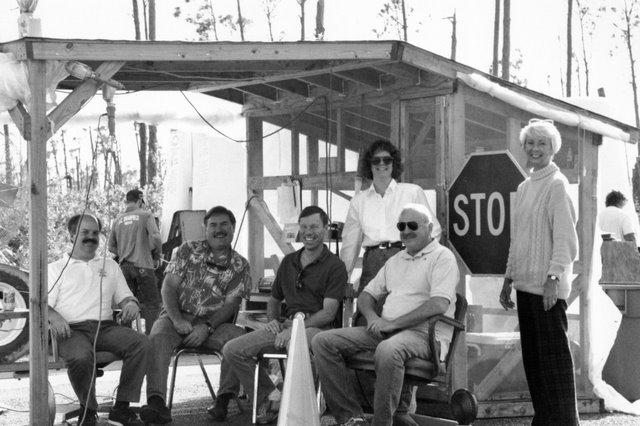House approves $900 million for firefighting
The Associated Press
Article Launched: 09/24/2008 03:01:46 PM PDT
WASHINGTON—The House of Representatives has approved over $900 million for firefighting measures nationwide as part of a massive year-end budget bill.
Included is $610 million for fighting fires, $175 million to get rid of dry brush and other fire fuels, $100 million for rehabilitation and $25 million for firefighter recruitment and retention.
The money was sought by Senator Dianne Feinstein in the wake of lightning-sparked fires in Northern California this summer that charred thousands of acres across the region.
The money is part a $630 billion-plus spending bill. It still must pass the Senate.
Yellowstone Conference
The IAWF/NPS conference, “The ’88 Fires: Yellowstone and Beyond”, started Tuesday in Jackson Hole, Wyoming. Hampered at the last minute by a ban on travel by the U.S. Forest Service, they expect to have 400-500 people there to talk about those fires 20 years ago, and where we go from here.
Rocky Barker, a reporter with the Idaho Statesman and author of “Scorched Earth: How the Fires of Yellowstone Changed America”, is one of the speakers and has an article in the Wednesday edition of his paper. You should read the whole article, but here is an excerpt:
….Today, when a new fire is reported, a ranger decides either to put it out as fast as possible or, if it was started by lightning, he could declare it a “fire-use fire,” such as the South Barker fire near Featherville. There, firefighters act like peacekeepers, monitoring the fire so that it reduces fuels, improves habitat but doesn’t destroy homes, historic cabins or key wildlife features.
But managers want a clear system that allows them to use many different strategies on fires, even if they were started by people. Explaining this new policy and building public support is the key, said Tom Nichols, the National Park Service director of fire and aviation at the National Interagency Fire Center.
So is planning, so managers know before a fire strikes what they want to accomplish across the landscape.
“If we are going to put firefighters in harm’s way, we are going to optimize what we put them there to do,” Nichols said.
Yellowstone officials did not expect the low humidity, the hot weather and most of all the repeated windy days that made the 1988 fires so fierce. They only stopped Sept. 10 when rain and snow finally came.
Politicians and local officials called for the firing of both Daniels and Barbee in 1988. But they both survived and thrived as the public began to recognize the fires were renewing the lodgepole pine forests that burned.
[…]
One after another, fire bosses from the 1988 fires told of how their own views were changed by the size, scale and scope of the 1988 fires. Most of all they spoke with humility.
“Eighty-eight was the first time I saw the world’s best firefighters get their butts kicked,” said Rex Mann, who was an area commander over dozens of fire crews during the Yellowstone fires.
He and others spoke of how they first saw the extreme fire behavior we now take for granted. But eight of the last 10 years have been worse fire years than that seminal year – despite firefighting agencies spending billions of dollars a year and extinguishing 98 percent of all fires.
California: Serial arsonist in Murrieta
An arsonist set six vegetation fires in Murrieta within a 24-hour period, according to spokespersons from the police and fire departments. The largest was 10 acres.
Fire management at Lake Tahoe
Wildland fire at Lake Tahoe, on the California/Nevada border, has been a hot topic for the last few years. They have had their share of fires, smoke is always an issue, and many of the residents are hesitant to create a fire safe barrier around their house or vacation retreat by cutting down a tree or two.
Terri Marceron, the forest supervisor of the Lake Tahoe Basin Management Unit of the U. S. Forest Service, wrote a very clear and lucid article for the Tahoe Daily Tribune that explains the current fire management issues and practices.
More agency administrators should do this.



